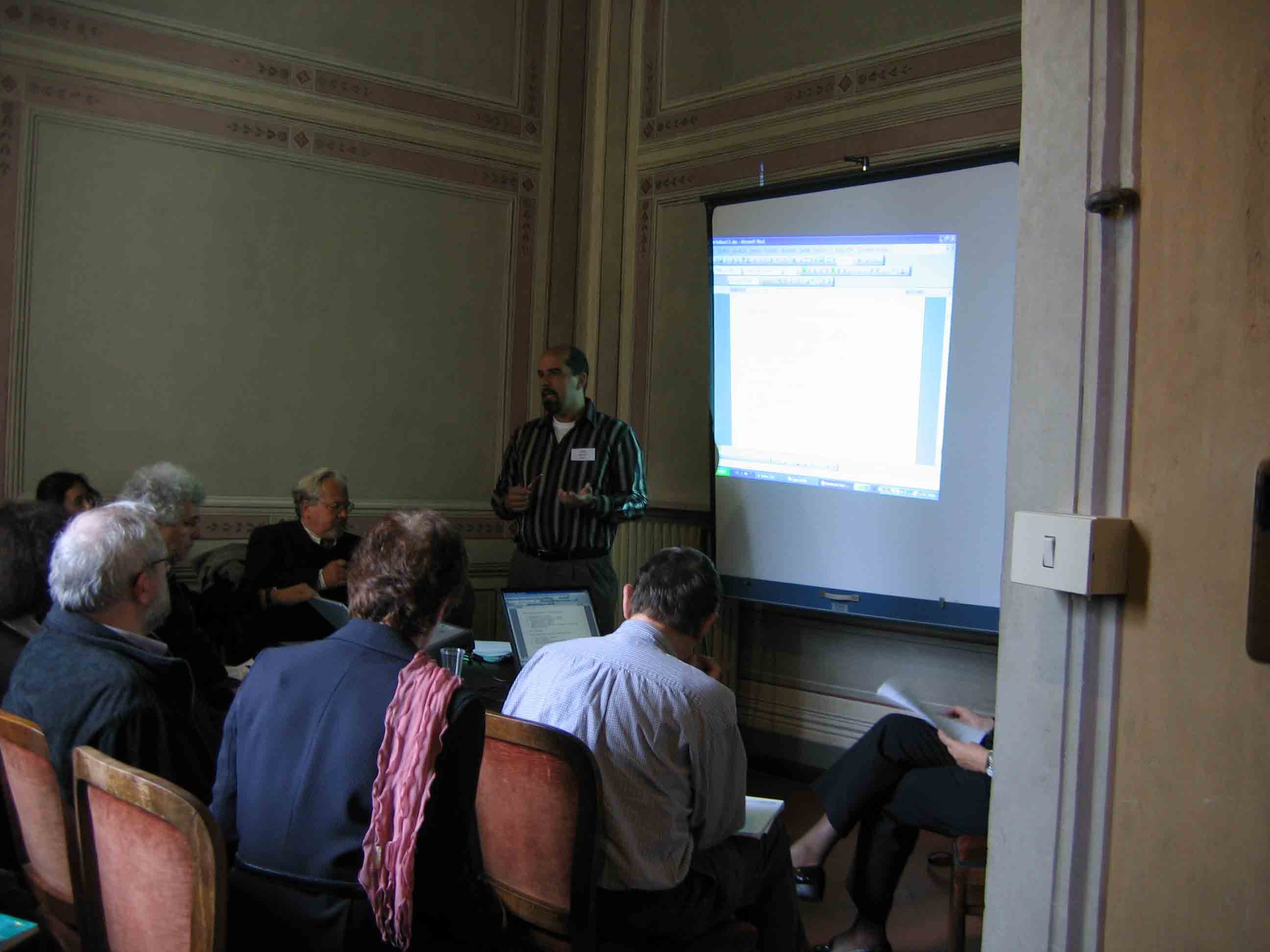


WORKING GROUP #4
Technology has long been a theme open for debate within the mathematics education community and has been reflected in the work of ICMI even prior to the first ICME (Lyon, 1969). More recently, information and communication technology (ICT) has played an increasing role in the events organized by ICMI.
Debates around ICT have brought to light the fact that other resources and technologies have been introduced over the last 100 years. This Working Group will deal with how artefacts and materials (e.g. paper and pencil, memorisation and calculators, Dienes blocks, mathematical machines, computers, software and digital learning objects etc.) have been used over the 100 years of ICMI's history.
TECHNOLOGY AND ICMI:
The integration of tools and technologies is an important and current theme today. Research in learning with technological tools has been showing much promise with respect to their use in the generation of learning environments where students have richer opportunities to construct mathematical meanings, to explore and experiment with mathematical ideas and to express these using a wealth of representations. However, actual use of these tools in real school environments is still very sparse despite the abundance of governmental funding and interest. The changes in classroom practices involved in the use of technology seem to pose a real challenge to administrators, curriculum designers, teachers and students.
It must be emphasized, however, that a deeper understanding of ICT may be reached only if viewed from an historical perspective. Euclid's Elements may be considered a modelling theory of geometrical drawing by means of ruler and compasses. The ancient abacus (in Roman area as well as in the far East) and the other devices used in pre-Columbian America can be seen as the roots of the modern positional system of number representation. More recently, the development of perspective drawing in Europe by means of instruments used in artists studios, has laid the foundations for modern development of projective geometry. Attention to these kinds of instruments has been held by the first president of ICMI, Felix Klein, who established a subject for university education of teachers (named Elementary mathematics from an advanced standpoint) where the use of ancient instruments was put in the perspective of the advances of mathematics of the 18th and 19th century.
The present technologies (ICT) are, in some respects, the heirs of this long tradition. A widespread misunderstanding is that, due to their effectiveness, they may replace the old instruments: why use abaci when pocket calculators are available? Why refer to ruler and compass construction when powerful software is available?
From time to time, in ICMI Studies, the issue of ancient and new instruments has been raised (ICMI Study on History e.g.). In national curricula (e.g. Italy), the integration of ancient and ICT technologies has been raised. Research has been presented at different ICME's that integrates artefacts and "computer artefacts". More recently, there has been an increase in research that includes digital objects, which opens up new possibilities for merging objects and "regular software" in virtual objects such as applets and video-stories.
Although this group should focus on different kinds of technology, we dedicate special time to the different facets of computer technology and its relation with other artefacts. Questions such as the following may be addressed:
Although participants can bring issues from their experience, and in particular from their study of ICMI and ICME history, which may differ from the ones raised in this paper, we believe that the issues mentioned above represent a good starting point for the celebration of the centenial of ICMI.
Deadline for applications: February 28, 2007
Co-chairs: Marcelo C. Borba (Brazil), Mariolina Bartolini Bussi (Italy)
PAPERS:
 |
 |
 |